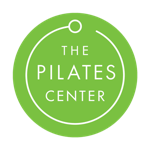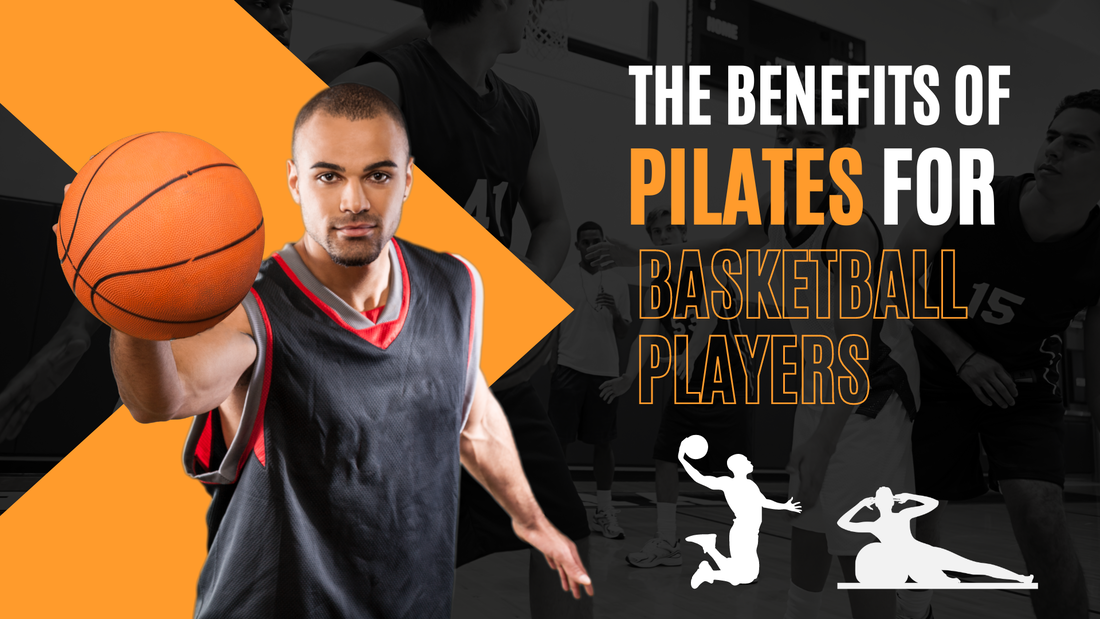|
With March Madness in the air, I thought I’d focus one of this month’s blog posts on the specific benefits of Pilates for basketball players. Professional NBA players such as LeBron James, Kobe Bryant, James Harden and Jason Kidd all rely on Pilates to stay agile and fit on the court, and for good reason! Basketball is a sport that demands speed, agility, strength, and coordination. To excel on the court, players need to be in top physical condition. While traditional strength training and cardio workouts are essential for basketball players, there is another form of exercise that can take their performance to the next level: Pilates. What is Pilates? Pilates is a low-impact exercise system that focuses on building strength, flexibility, and endurance without bulk. It targets the core muscles, enhances body awareness, and improves alignment and posture. Originally developed by Joseph Pilates in the early 20th century, Pilates has gained popularity worldwide for its numerous benefits for people of all ages and fitness levels. Benefits of Pilates for Basketball Players 1. Core Strength and More Basketball players rely heavily on their core muscles for stability, balance, and power during games. Pilates exercises engage the deep abdominal muscles, lower back, and pelvis, helping to strengthen the core and improve overall body control. A strong core is essential for executing quick movements, jumps, and directional changes on the court. However, it’s not JUST about core strength. Pilates focuses on small muscle groups and movements that are often neglected and underdeveloped in male athletes, targeting them through more precise movement and proper breathing techniques. NBA All-Star Kyle Lowry has said his Pilates practice is “something completely different from what I do every day.” 2. Injury Prevention The repetitive nature of basketball movements, such as running, jumping, and pivoting, can put a strain on the body and lead to overuse injuries. Pilates focuses on proper alignment, muscle balance, and joint mobility, which can help prevent injuries by addressing muscular imbalances and enhancing body mechanics. By incorporating Pilates into their training regimen, basketball players can reduce the risk of common injuries like sprains, strains, and tendonitis. NBA professional Dwayne Wade credits Pilates with helping reduce his injuries: “I really felt the Pilates loosen up my muscles. I recall making a move, and the basketball ended up on my foot and I almost did a split on the ball. Normally, that’s a groin pull, but I bounced back.” 3. Flexibility and Range of Motion Flexibility is crucial for basketball players to move efficiently and prevent muscle tightness. Pilates incorporates dynamic stretches and exercises that promote flexibility in the muscles and joints, helping players achieve a greater range of motion. Improved flexibility can enhance performance on the court by allowing players to make sharp turns, reach for rebounds, and defend against opponents more effectively. 4. Mind-Body Connection Pilates emphasizes concentration, control, and precision in movement, fostering a strong mind-body connection. By practicing Pilates, basketball players can enhance their proprioception (awareness of body positioning) and coordination, translating to better on-court performance. Improved focus and body awareness can help players react quickly to game situations, execute plays with precision, and maintain mental clarity under pressure. In conclusion, Pilates offers a multitude of benefits for basketball players looking to elevate their game. By incorporating Pilates into their training routine, players can enhance their core strength, prevent injuries, improve flexibility, and develop a greater mind-body connection. Whether you are a professional athlete or a weekend warrior, Pilates can be a valuable addition to your basketball training program. Ready to take your game to new heights? Give Pilates a shot!
0 Comments
Hypermobility is a condition where joints can move beyond the normal range of motion, often leading to joint pain, instability, and an increased risk of injury. While those with hypermobility may find it challenging to engage in certain types of physical activity, Pilates offers a gentle yet effective approach to managing this condition. Understanding Hypermobility Before delving into how Pilates can help with hypermobility, it's essential to understand the condition. Hypermobility is a condition characterized by excessive joint movement beyond the normal range of motion. It’s hard to get exact numbers on people who have this condition because it’s not always symptomatic (meaning they don’t go to a doctor to get the diagnosis!) but estimates vary widely, with experts positing that somewhere between 2% and 57% of the population is hypermobile. It is more common in gymnasts, athletes, dancers, and musicians. Hypermobility can be attributed to genetics, underlying connective tissue disorders, joint shape, looser ligaments, poor muscle tone or repeated training/stretching in sports like gymnastics. While hypermobility may seem advantageous in activities like dance or gymnastics, it can also lead to joint instability, discomfort, and an increased risk of injuries. Thus, understanding one's hypermobility and adopting appropriate measures to strengthen and stabilize joints are vital for maintaining overall physical well-being. How Pilates Helps Pilates is a low-impact form of exercise that focuses on building strength, flexibility, and body awareness. Here are several ways in which Pilates can benefit individuals with hypermobility:
If you have hypermobility and are interested in trying Pilates, it's essential to start with the guidance of a certified Pilates instructor. They can tailor the exercises to suit your individual needs, gradually progress your practice, and ensure that you perform the movements correctly to prevent injury. Instructors at The Pilates Center Fort Worth are trained to work with individuals from all walks of life, including those struggling with hypermobility. We would love to work with you! Take a look at how to get started with us. Final Thoughts Pilates offers a holistic approach to managing hypermobility, combining strength, flexibility, and body awareness to support joint health and overall well-being. By incorporating Pilates into your fitness routine and working closely with a qualified instructor, you can experience the benefits of this gentle yet effective form of exercise. Whether you are looking to improve stability, reduce pain, or enhance your overall quality of life, Pilates can be a valuable ally in your journey towards managing hypermobility. So, why not give Pilates a try and discover the positive impact it can have on your hypermobility management journey? Contact us today! |
Heather GradkeI'm a BASI Certified Pilates Instructor by day, somewhat competent housewife by night. I used to have hobbies but then CHILDRENS. I am married to the love of my life and somewhat charismatic Rustin Gradke. I have 4 kids that are wonderful sometimes but mostly they just eat a lot. I'm a lover of God and movement and the occasional bowl of queso. Archives
July 2024
Categories |



 RSS Feed
RSS Feed